Migraines aren’t just headaches. For many, they are disabling neurological events marked by throbbing pain, sensitivity to light and sound, nausea, and even visual disturbances. While medications and lifestyle changes help manage symptoms, one often-overlooked solution is improving sleep quality and posture. In fact, there’s a growing connection between migraine improved sleep habits and reduced migraine frequency.
This blog explores how improved sleep routines and posture while sleeping can be natural tools in migraine management and how innovative technologies like neuroVIZR can support this journey.
Migraines and the Brain: Why Sleep Matters
According to the American Migraine Foundation, poor sleep is one of the most common migraine triggers. It’s not just about how much sleep you get it’s about sleep consistency, sleep quality, and circadian rhythm alignment.
The Sleep-Migraine Cycle
When sleep is disrupted, so is the brain’s ability to regulate itself. This dysregulation can lower the threshold for a migraine attack. Conversely, migraines can also interrupt sleep, creating a vicious cycle.
Studies have shown that people with chronic migraine often have:
-
Trouble falling or staying asleep
-
Higher rates of insomnia
-
Disrupted REM sleep
The key takeaway? Improving your sleep habits can significantly reduce migraine frequency and severity.
The Importance of Establishing Healthy Sleep Habits
Let’s dig into the keyword "migraine improved sleep habits" more deeply.
1. Create a Sleep Routine
Go to bed and wake up at the same time every day—even on weekends. Regular sleep patterns help stabilize your internal clock and may reduce migraine attacks.
2. Reduce Light and Screen Exposure
Bright lights, especially blue light from screens, interfere with melatonin production. Dimming your environment an hour before bed supports natural sleep hormone rhythms.
3. Limit Stimulants and Alcohol
Caffeine and alcohol can disrupt deep sleep. Migraines are often triggered by withdrawal or inconsistent caffeine intake, so manage it thoughtfully.
4. Practice Pre-Bedtime Relaxation
Stress is a leading migraine trigger. A calming pre-sleep routine, such as meditation, breathing exercises, or neuroVIZR light and sound sessions, can help calm the nervous system.
Sleeping Posture Matters: Improve Posture While Sleeping
You’ve likely heard about posture during the day but have you ever considered your posture while sleeping? Poor sleep posture can lead to muscle tension, especially in the neck and shoulders common areas involved in migraine onset.
Here’s how to improve posture while sleeping to protect your spine and reduce physical stressors that may trigger migraines:
1. Choose the Right Pillow
A pillow should support the natural curve of your neck. Too high or too low can strain neck muscles and nerves, setting off headaches.
-
Back sleepers: A medium-loft pillow that supports the neck without pushing the head forward.
-
Side sleepers: A firm pillow that fills the space between your ear and shoulder.
-
Stomach sleepers: This position is discouraged as it twists the neck; try transitioning to side-sleeping.
2. Sleep on Your Back or Side
Sleeping on your back promotes spinal alignment. If you sleep on your side, place a pillow between your knees to keep your hips level and reduce lower back strain.
3. Evaluate Your Mattress
A sagging or overly soft mattress can compromise spinal alignment, leading to tension and pain. A medium-firm mattress usually offers the best support.
neuroVIZR: Supporting Sleep and Neurological Balance
While posture and routines are key, technology can further support neurological well-being. neuroVIZR stress relief devices is a non-invasive, light-and-sound brain stimulation device designed to encourage relaxation, mental clarity, and neuroplasticity.
How neuroVIZR Helps:
-
Promotes brain signal variability, which enhances flexibility in neural response
-
Uses visual and auditory patterns to encourage states of calm, creativity, or alertness
-
Can be used before bedtime to guide the brain into a relaxed, sleep-ready state
By integrating neuroVIZR into a nighttime ritual, users may find it easier to fall asleep, stay asleep, and enjoy deeper rest—all of which contribute to migraine improved sleep habits.
Tips for a Migraine-Friendly Sleep Environment
-
Keep your room dark and cool: Use blackout curtains and keep the temperature between 60–67°F (15–19°C)
-
Declutter the space: A tidy room promotes mental calm and better rest
-
Try calming scents: Essential oils like lavender or chamomile may support relaxation
-
Eliminate electronics from the bedroom: Light and EMF exposure from devices may stimulate the brain when you want to calm it
Real-World Example
Many users have found that incorporating neuroVIZR into their nightly routine helps improve sleep quality and reduce tension key factors in managing migraines.
Pavel Stuchlik from NOA AON shares his experience:
"neuroVIZR has been a game-changer for my sleep. I used to struggle with restless nights. Since incorporating neuroVIZR into my nightly routine, my sleep has become deeper and more restorative."
By promoting deeper, more restful sleep, neuroVIZR supports migraine improved sleep habits, helping reduce the frequency and intensity of migraine episodes.
Final Thoughts
Migraines are complex, but addressing sleep and posture can be a game-changer. Focusing on migraine improved sleep habits—from routines to neurological stimulation—and learning to improve posture while sleeping, you can tackle one of the biggest migraine triggers naturally.
If you're looking for a drug-free, science-backed way to enhance your sleep and mental wellness, explore how neuroVIZR fits into your nighttime routine.
Disclaimer: neuroVIZR is a wellness device created to promote relaxation, focus, and overall brain wellness. It is not a medical device, does not provide diagnoses, and is not intended to treat, cure, or prevent any medical condition. The device is not suitable for individuals with epilepsy. Experiences and results may vary from person to person.



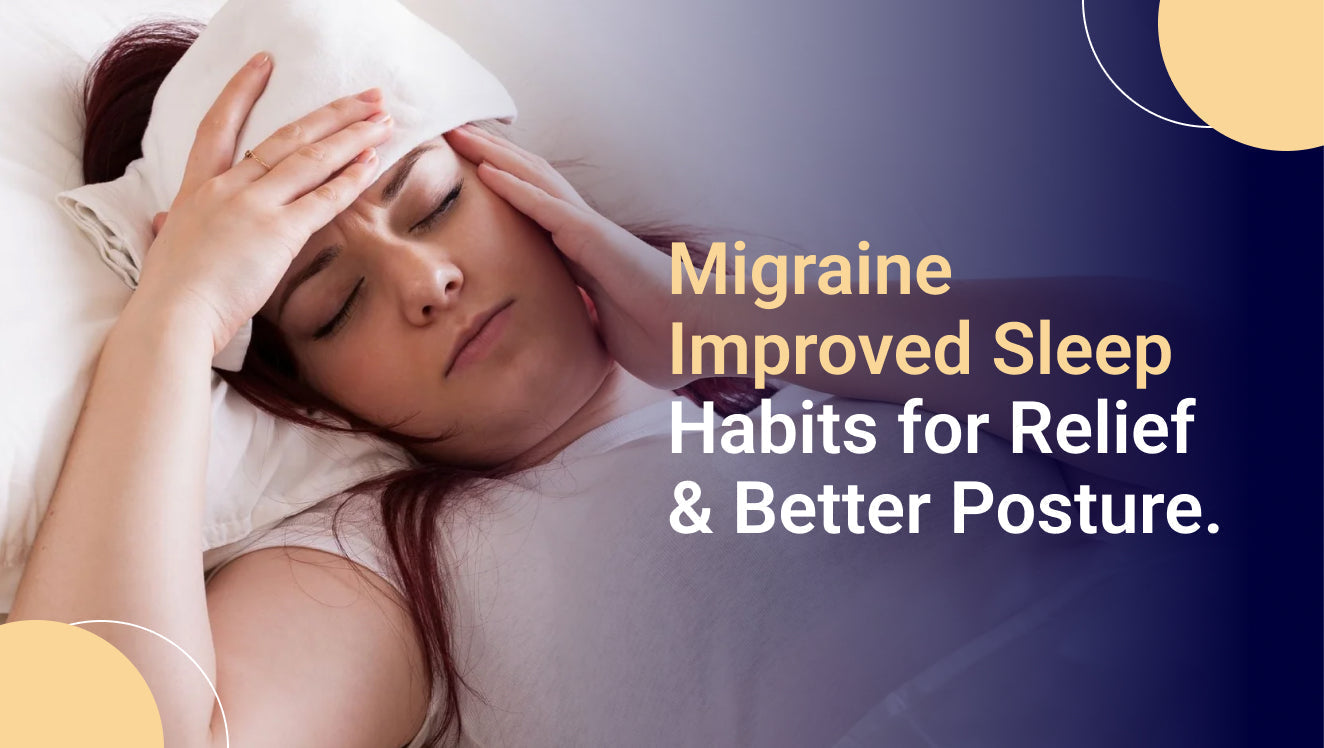




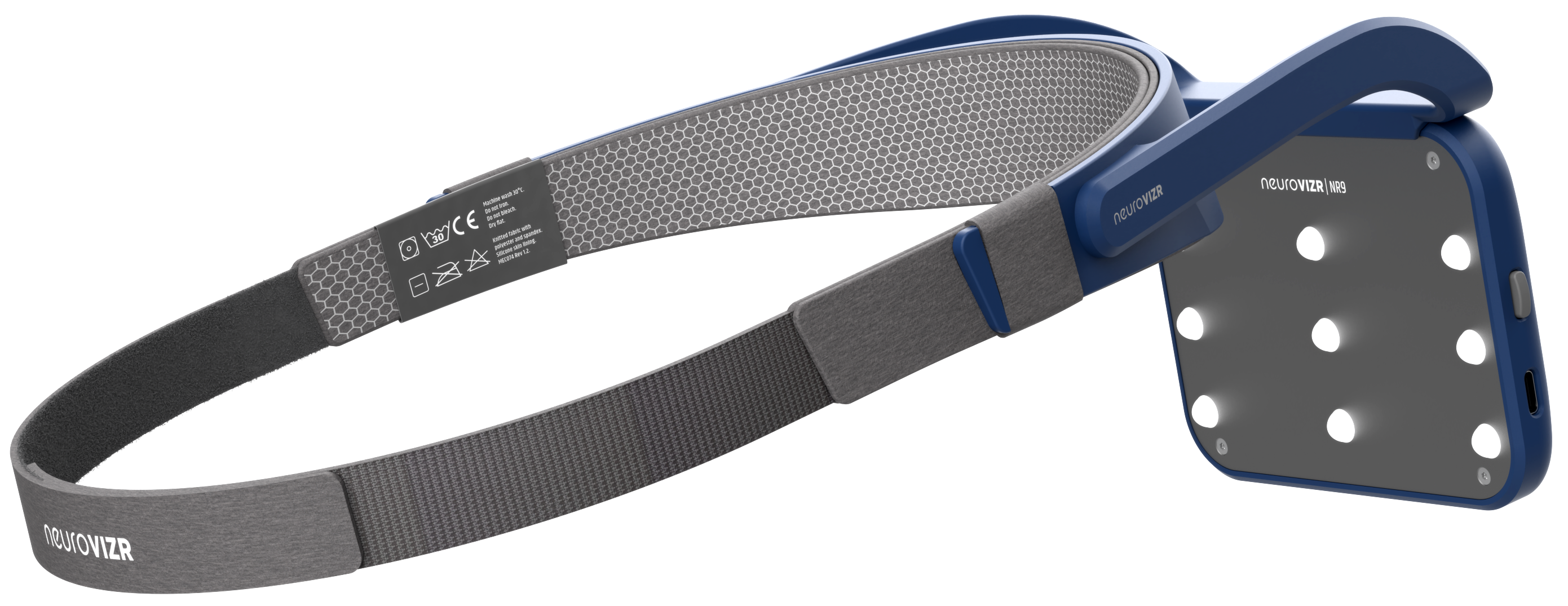
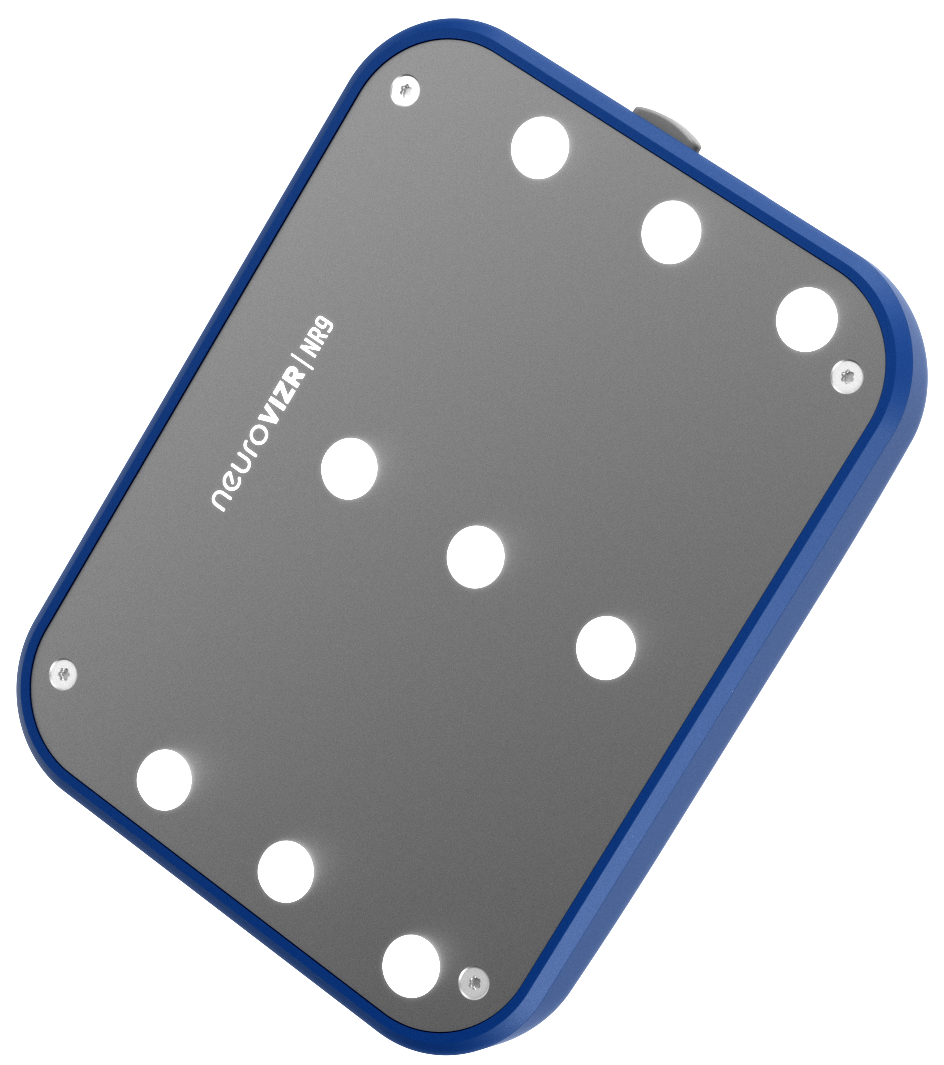
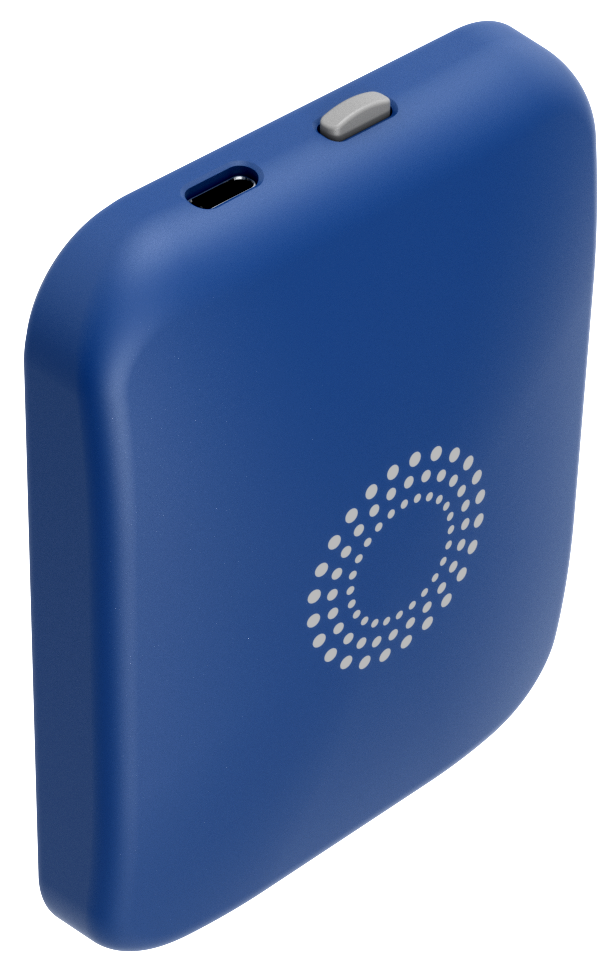
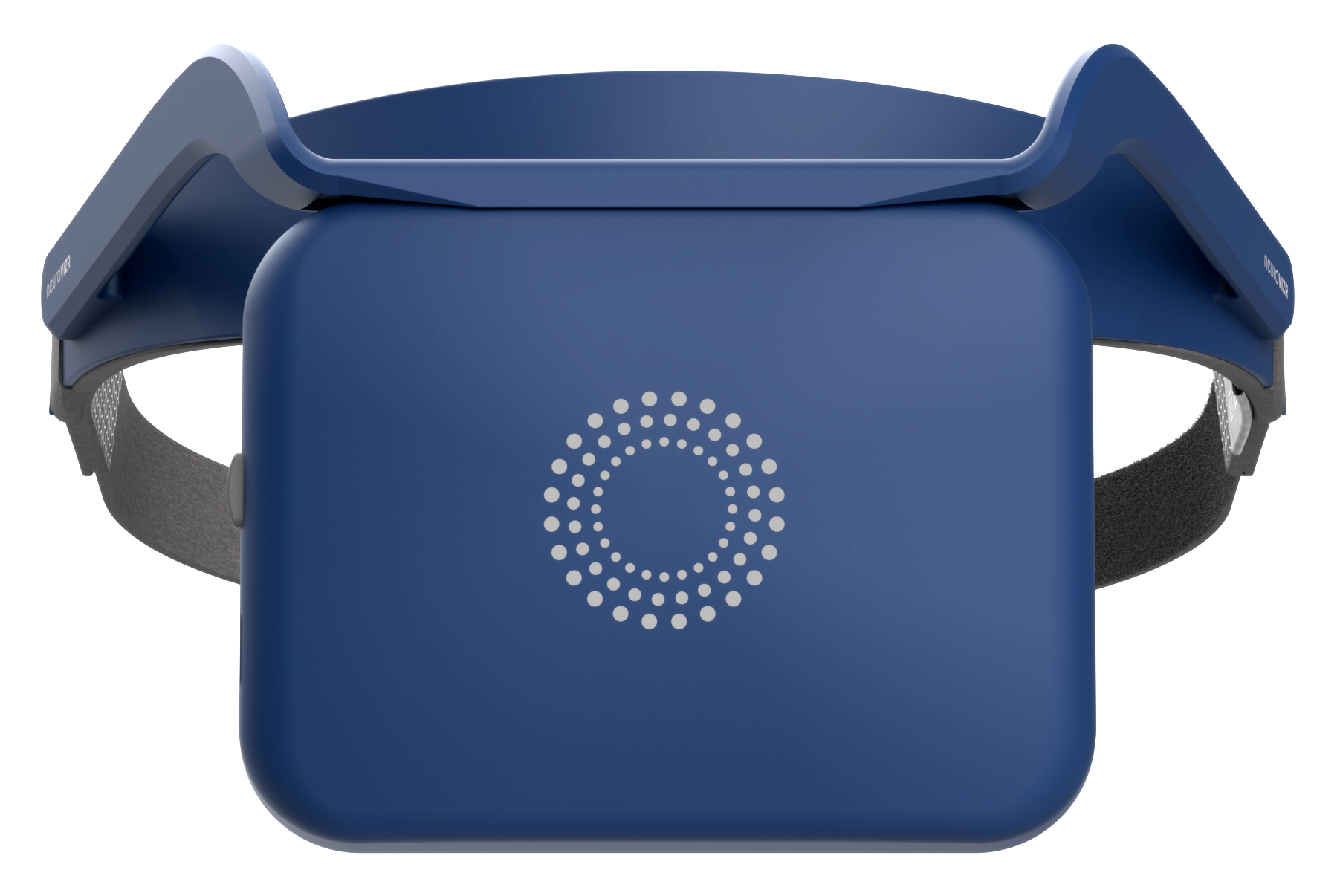
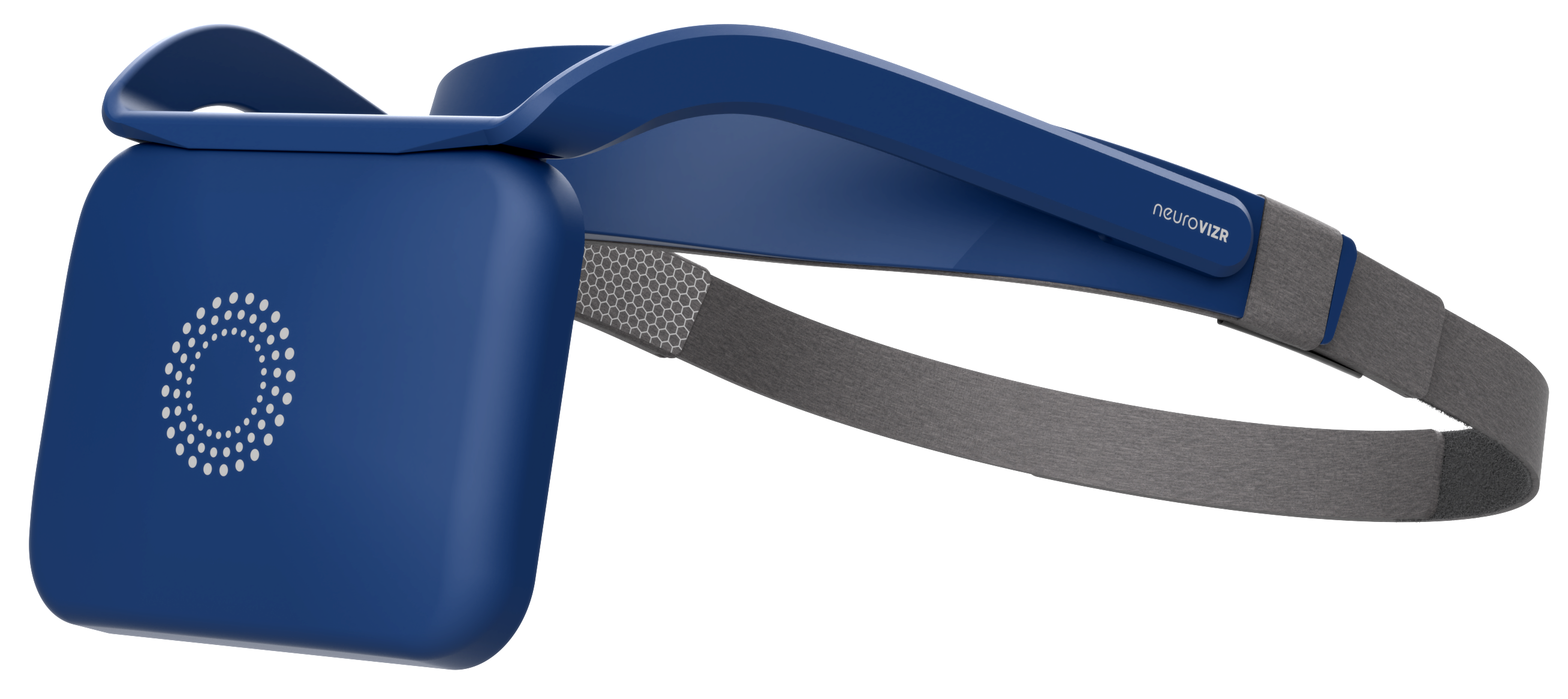

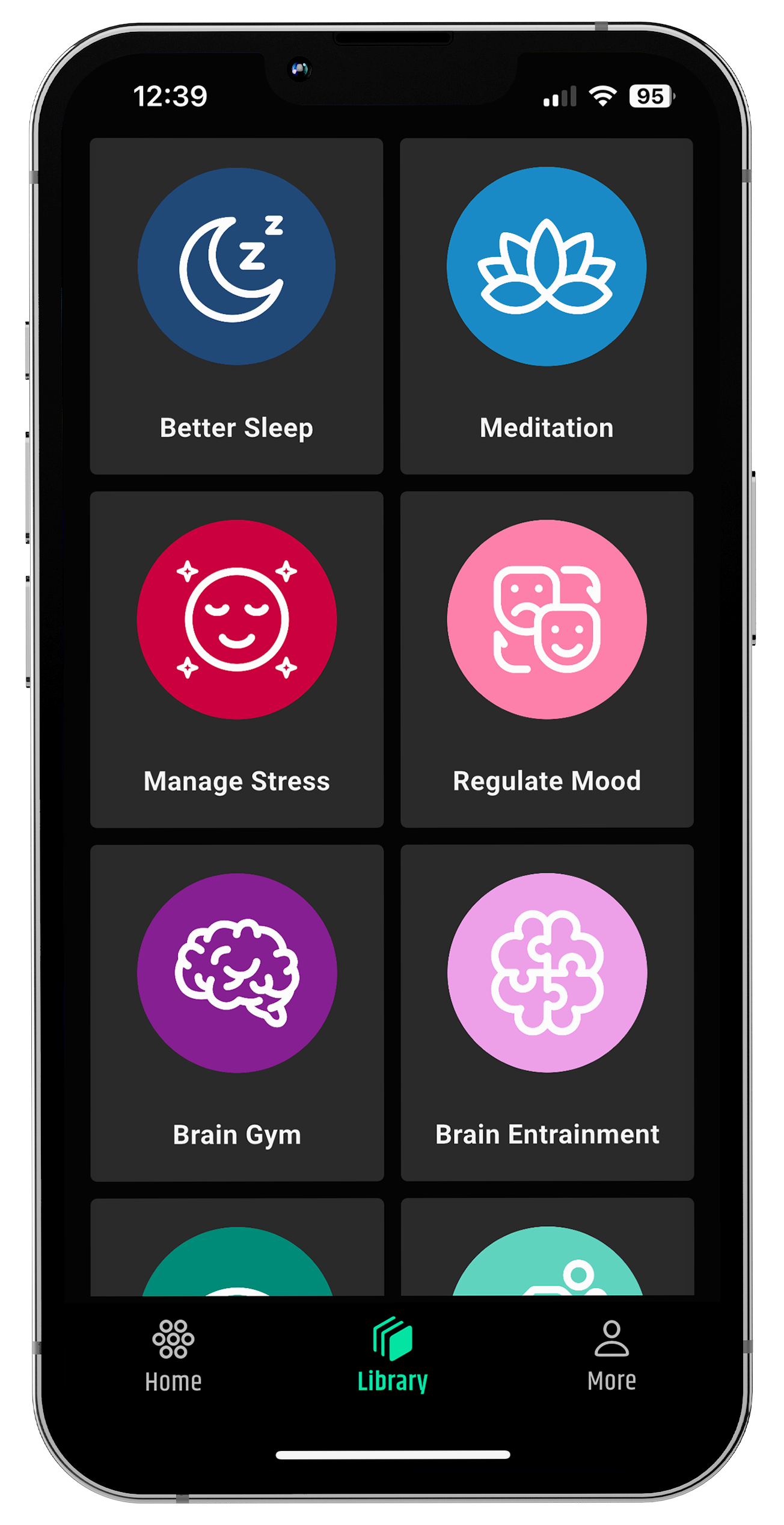
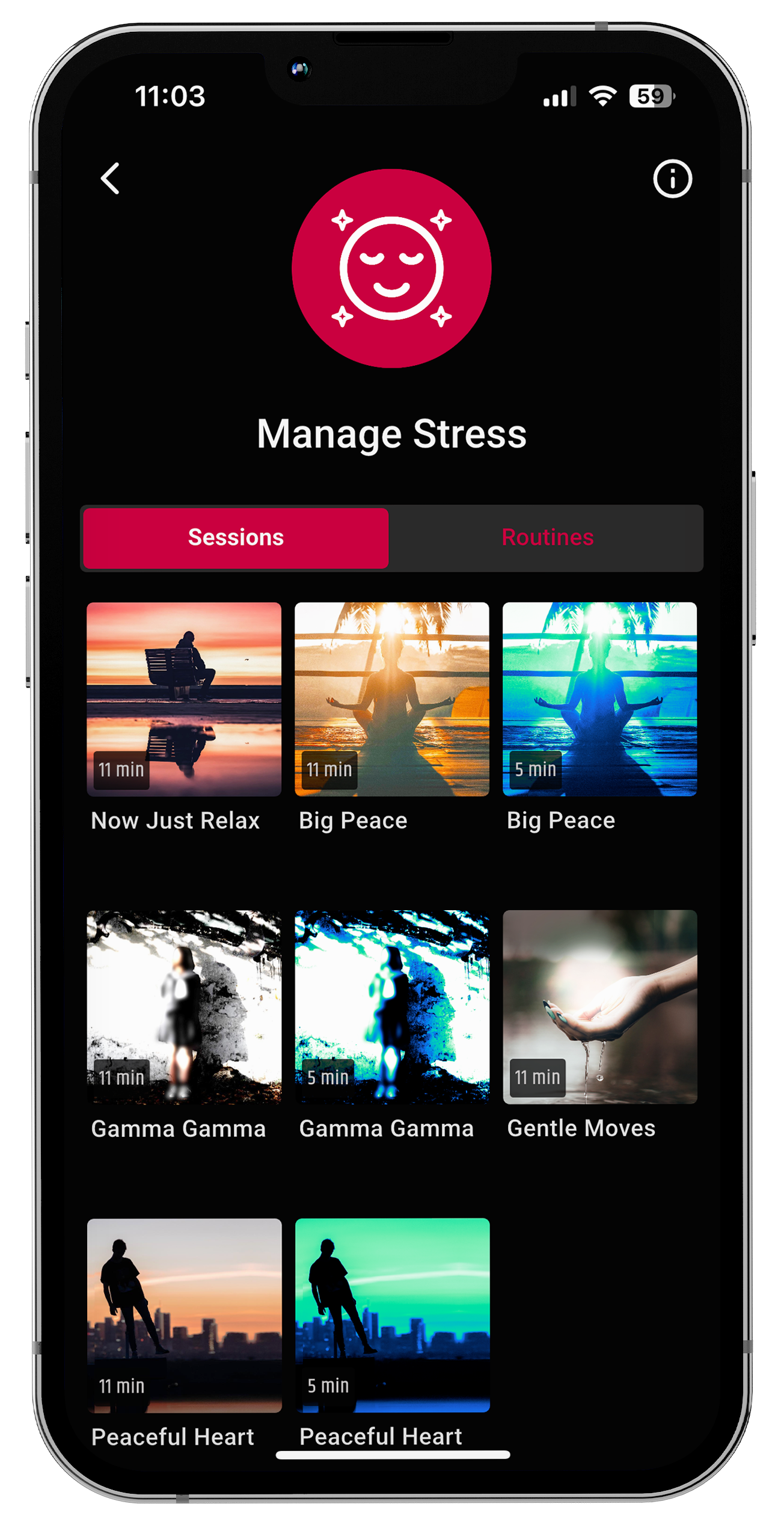
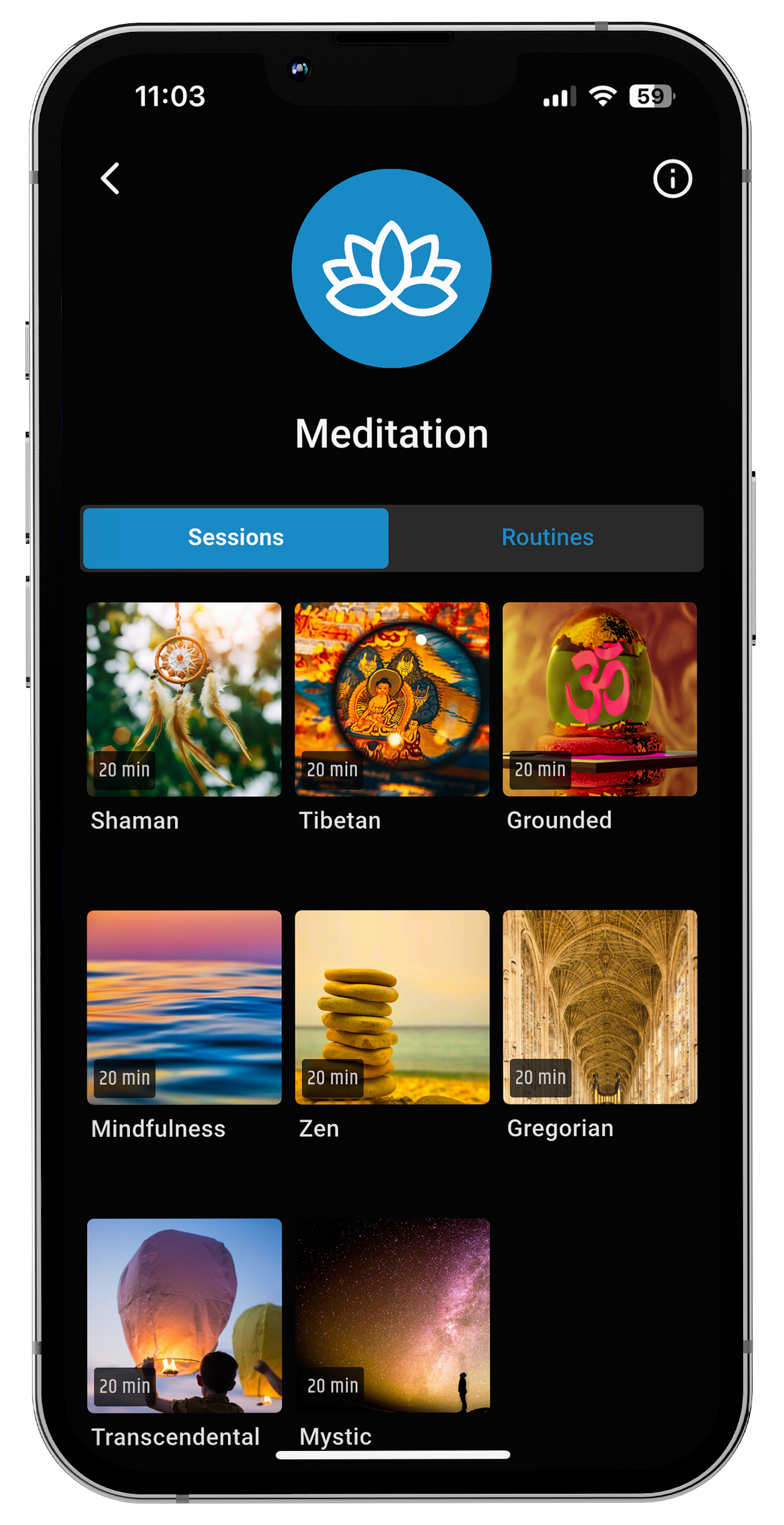

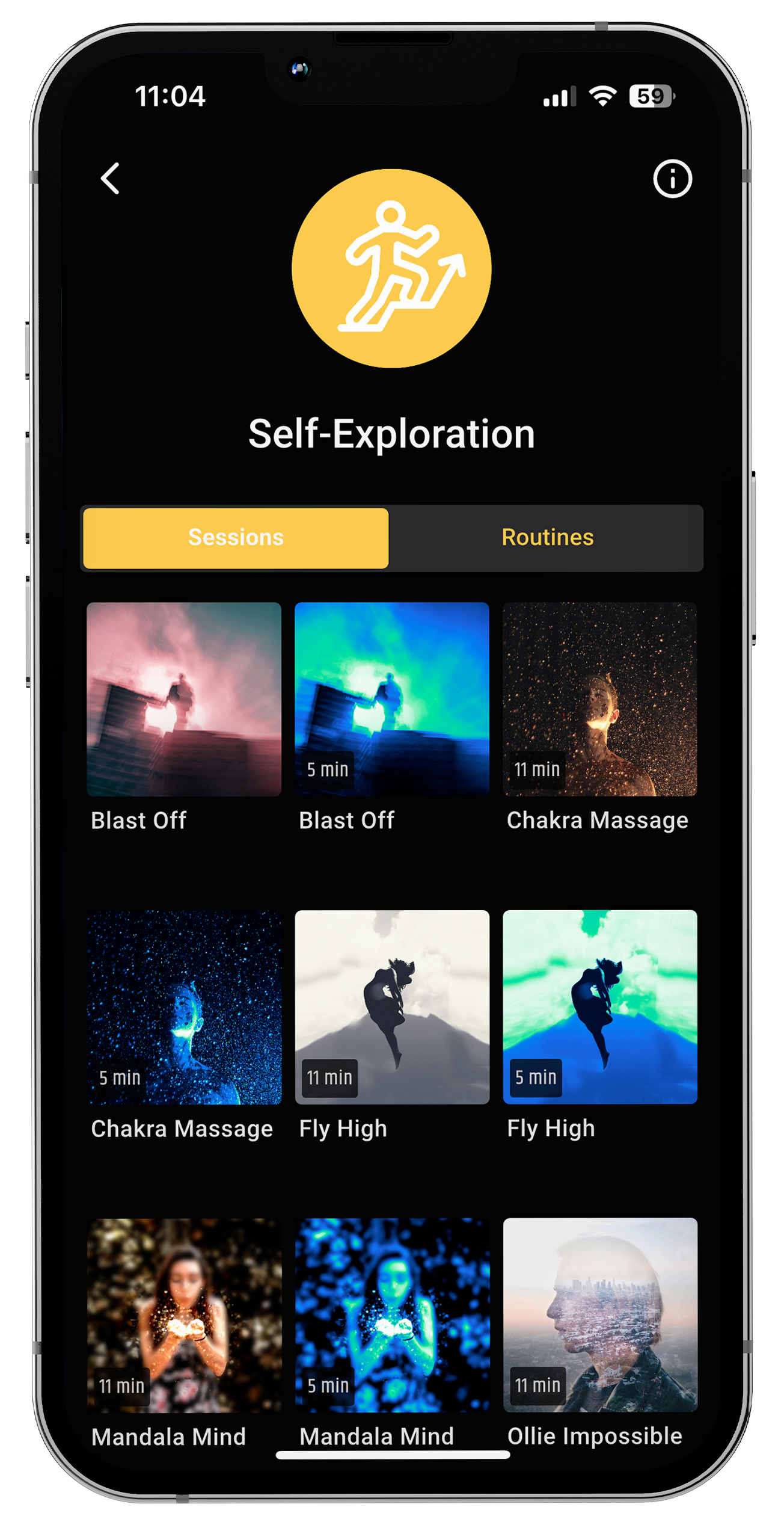
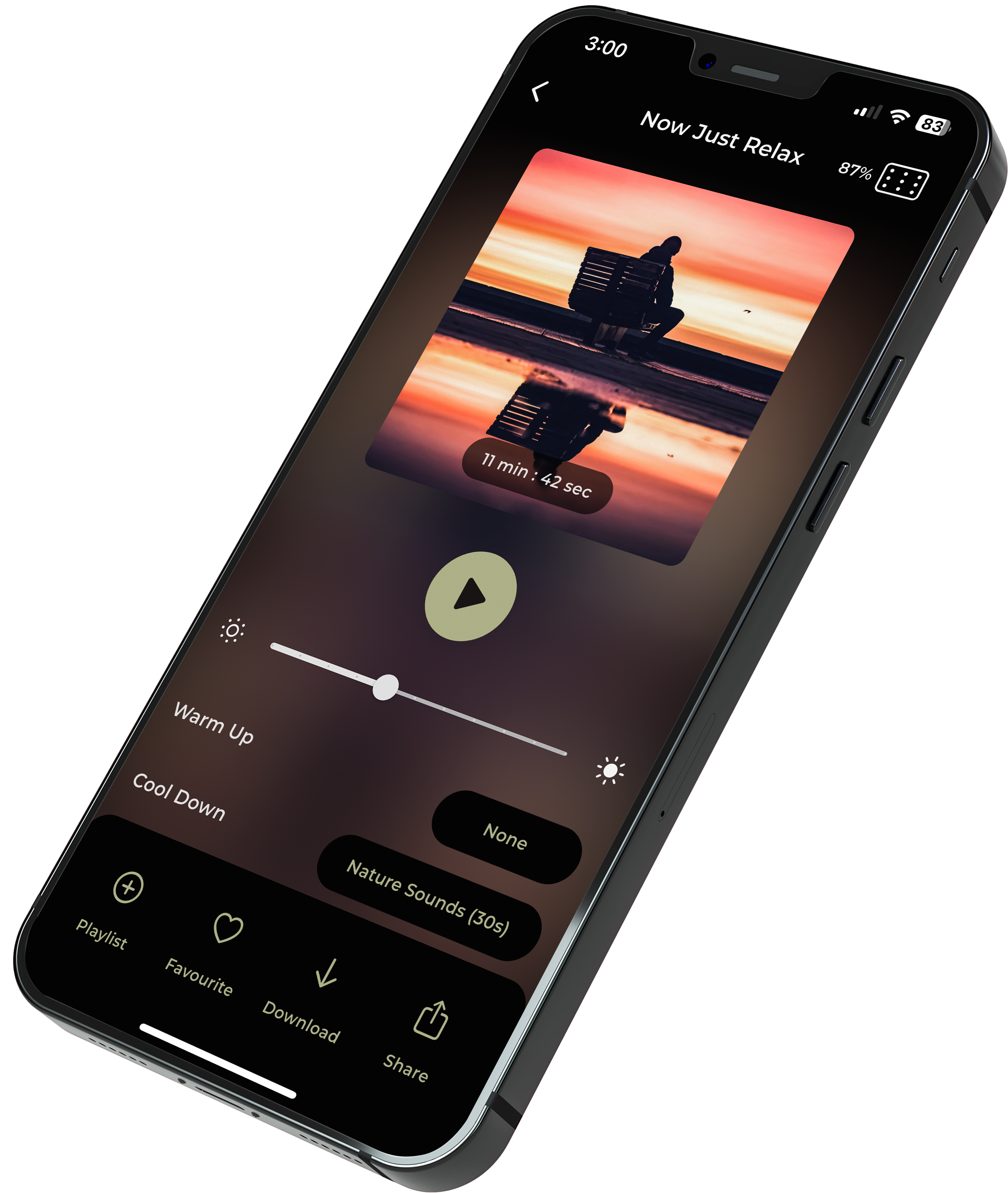


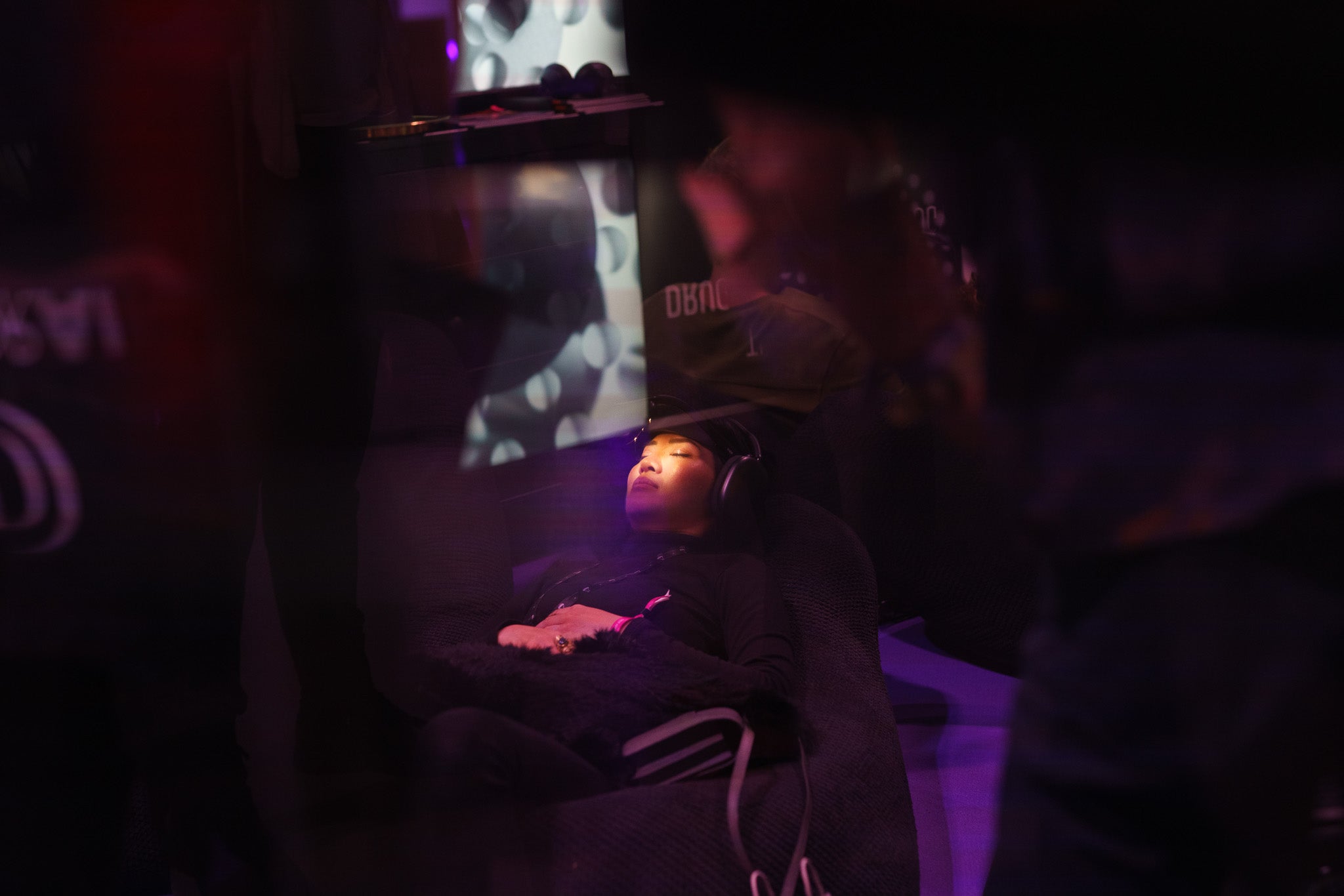





Share:
Green Noise for Sleep: Nature’s Hidden Frequency for Deep Rest
The Future of Sleep: Improve Your Sleep Quality Naturally with neuroVIZR